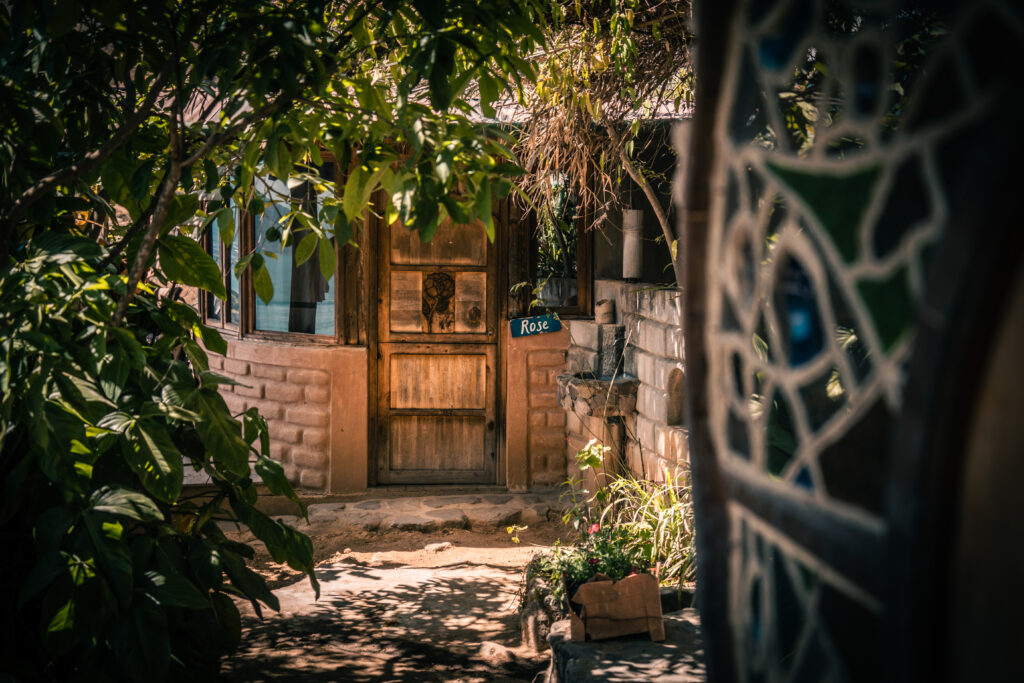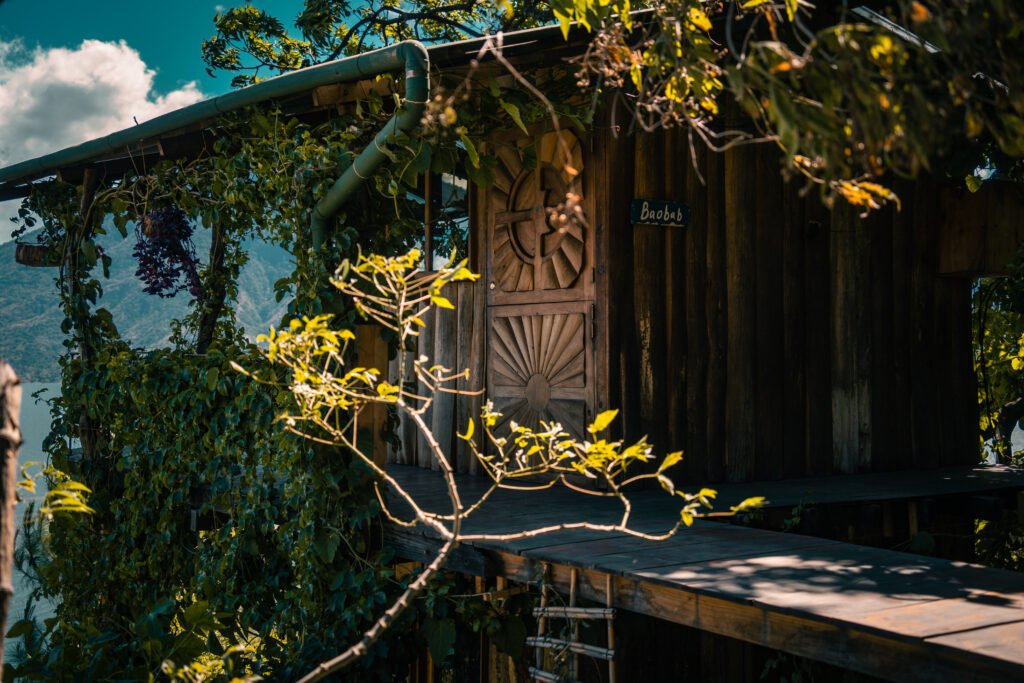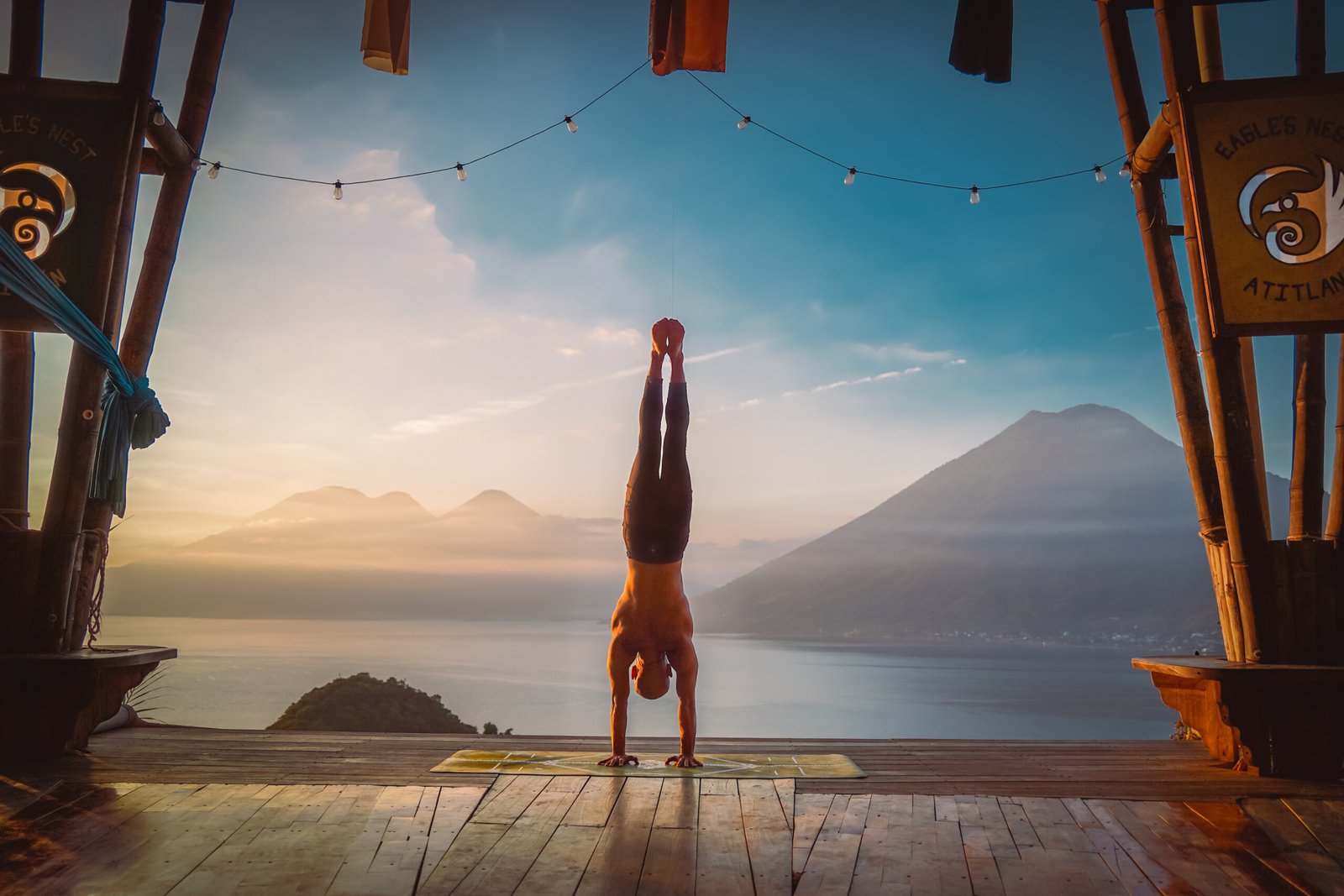Discover 5 Enchanting Lake Atitlan Villages

Exploring the Unique Character of Lake Atitlan Villages
Lake Atitlan villages, cradled within the Sierra Madre mountain range, is encircled by a series of villages each with its own unique personality and culture. From the bustling markets of Panajachel to the tranquil meditation gardens of San Marcos, these locales offer a vivid spectrum of experiences. The scenery is stunning, with the lake’s crystalline waters bordered by volcanic peaks, but it’s the cultural richness and diversity that truly make these villages a captivating feature of any visit to Guatemala. The interplay of tradition and modernity, the indigenous languages alongside Spanish, and the unique customs and crafts of the Tz’utujil and Kaqchikel peoples make each village a universe unto itself, begging to be explored.
Cultural Insights: A Deep Dive into Local Traditions
Village life around Lake Atitlan is steeped in history and tradition, offering immersive experiences for those interested in cultural exploration. These small enclaves are vibrant centers of the Maya culture where ancient practices are part of everyday life. Visitors have the unique opportunity to engage with local rituals, try on traditional garments, and even participate in celebrations that are not only entertaining but also deeply symbolic. In villages like Santiago Atitlan, the patron Saint James is venerated in a fusion of indigenous and Catholic practices, reflecting the syncretic religious evolution that has taken place over the centuries.
Architectural Marvels by the Lakeside
The quaint Lake Atitlan villages offer a breathtaking blend of natural and man-made wonders. Mayan ruins whisper tales of ancient glories while intricately carved wooden doors lead to secluded courtyards of colonial-era buildings. The architecture is more than just a backdrop to the beautiful landscape; it is part of the region’s allure, highlighting a storied past with every stone and facade. Strolling through these villages provides a picturesque journey through time, with structures that display an appealing mix of pre-Columbian and Spanish colonial architectural styles.
The Ultimate Guide to Lake Atitlan Villages: Accommodations
Luxurious Retreats Overlooking Serene Waters
For those seeking the pinnacle of relaxation and refinement, Lake Atitlan’s assortment of high-end accommodations will exceed expectations. From luxurious, eco-friendly boutique hotels to opulent private villas, these retreats offer personalized service and unparalleled views. Modern comforts blend with traditional design, giving guests the best of both worlds. Some of these establishments also provide unique experiences like yoga retreats or culinary classes, allowing guests to indulge in personalized pampering while enjoying the serene beauty of the lake and its surroundings.
Cozy Homestays for an Authentic Experience
To truly connect with the spirit of Lake Atitlan villages, consider staying in a homestay. Staying with a local family offers an unmediated immersion into daily life here. This is a chance to get involved with the community, from helping to cook traditional meals to learning about the agricultural practices of the villages. It’s an authentic travel experience enriched by the simple pleasure of living amongst the locals, sharing their stories, and understanding their way of life. Homestays are available in several of the lakeside villages, each offering a different glimpse into the Guatemalan way of life.
Navigating Through Lake Atitlan Villages
Transportation Tips for Effortless Exploration
Navigating the Lake Atitlan villages around the lake is made accessible thanks to a range of transportation options catering to different travel styles and budgets. Aside from the ubiquitous lanchas, those seeking more independence might opt for renting a bike or a motorcycle to meander the scenic pathways at their own pace. It’s important to remain mindful of local etiquette and safety when using these transportation modes, as the roads can sometimes be narrow and rugged. With friendly locals often willing to share tips and directions, getting around can be both an adventure and an aspect of cultural immersion.
Must-Visit Spots for Panoramic Lake Views
The circumambient highlands of Lake Atitlan villages are riddled with hidden gems, lookout points that offer stunning views of the azure blue water, and the surrounding volcanoes. Many travelers come to hike the San Pedro volcano for a challenging yet rewarding experience, while others prefer the serene overlook at the Indian Nose hike for a less strenuous journey. Kayaking at dawn provides a water-level perspective, while nature reserves like the Atitlan Nature Reserve offer canopy tours and zip lines for an exhilarating vantage point above the treetops. Discovering these spots can be a highlight of your visit, each providing a different angle to appreciate the breathtaking beauty of the region.
Culinary Journey: Savoring Lake Atitlan’s Local Flavors
A Taste of Tradition: Local Cuisine Highlights
The culinary scene at Lake Atitlan is a vibrant reflection of its cultural diversity. The traditional Mayan kitchen is a hub of activity where flavors are carefully cultivated over wood-fired stoves to produce meals that are both comforting and exotic to the foreign palate. Each village offers its gastronomic specialties, reflecting the local agriculture and seasonal produce. For a touch of local interaction, consider participating in a cooking class where you can learn to replicate the rich flavors of the Guatemalan cuisine using age-old techniques that have been refined through countless generations.
Lakeside Dining: Top Restaurants and Cafes
Dining in the Lake Atitlan villages provides not just a meal, but an ambiance that fuses local culture with the natural tranquility of the setting. Epicureans will appreciate the lakeside restaurants that pair inventive dishes with mesmerizing views. In the mornings, the lakeside comes to life with cafes that serve aromatic local coffee, a product of the regionâs rich volcanic soil. Whether it’s a candle-lit dinner under the stars or a casual brunch by the shore, the dining establishments here cater to a variety of palates and preferences, all with the common denominator of an unforgettable lakeside backdrop.

Lake Atitlan’s Handicrafts: A Treasure Trove of Artisan Craft
The Art of Weaving: Textile Markets and Workshops
Lake Atitlan is not only a visual treat but also a tactile one, especially when exploring the intricate art of weaving. Here, traditional backstrap looms are still used to create vibrant textiles that hold cultural significance. Markets like the one in Santiago Atitlan are a bustling symphony of color, where one can purchase a handmade huipil or shawl. Workshops offer a closer look at the skill and patience required for this craft, and by engaging in a lesson, visitors can take part in preserving this important aspect of Mayan culture. These textiles tell stories through their patterns, and each purchase supports the local economy and the artisanâs trade.
Pottery and Paintings: Discovering Artisan Villages
The Lake Atitlan villages dotting the shores of the lake are not only steeped in history but are also alive with artistic creativity. Throughout the region, artisans practice their crafts, from the delicate process of pottery making to the rich tradition of painting. These masterpieces are more than souvenirs; they are keepsakes infused with the spirit of the locale. Encounters with these artisans, whether through studio visits or interactive workshops, provide a deeper understanding of their art forms and offer a chance to learn from their time-honored techniques. Each piece you take home is a story, a memory, and a direct link to the artistic heart of Lake Atitlan villages.
FAQ: Questions and Answers of Lake Atitlan villages
What are the best villages near Lake Atitlan?
What are the biggest towns on Lake Atitlan?
The biggest towns around Lake Atitlan are Panajachel, Santiago Atitlan, and San Lucas Toliman. Panajachel is the most cosmopolitan town and serves as the main entry point for travelers, offering a wide range of amenities and accommodations. Santiago Atitlan, on the other hand, is the most populous and the largest of the lakeside communities, deeply rooted in Tz’utujil Mayan culture. San Lucas Toliman, while smaller than Santiago, is a significant town due to its agricultural richness and cultural significance. These towns serve as economic and social hubs for the local and indigenous populations who live around the lake.
What are the safest towns in Lake Atitlan?
While overall safety can vary over time, generally speaking, two towns stand out for their tranquil reputation among travelers: San Marcos La Laguna and Santa Cruz La Laguna. San Marcos is known for its focus on health and spiritual centers, attracting a community interested in meditation, yoga, and holistic practices, and is considered one of the safer havens for international visitors. Santa Cruz, with its smaller size and more remote access, maintains a peaceful atmosphere and a lower crime rate compared to the more bustling towns on the lake. These Lake Atitlan Villages can be considered safe for travelers.
Who lives in the towns surrounding Lake Atitlan?
The towns surrounding Lake Atitlan are predominantly inhabited by indigenous Mayan peoples, including the Tz’utujil, Kaqchikel, and Quiché ethnic groups. These indigenous communities have lived around the lake for centuries and their languages, customs, and traditional clothing remain integral to the locality’s identity. Each town has its own distinctive features influenced by the particular Mayan group that resides there. In addition to the local populations, there has been a growing expatriate and international community, drawn to the lake’s splendor, who have set up residence within these towns.
What are the local crafts and products found in Lake Atitlan villages?
Lake Atitlan villages are renowned for its colorful textiles woven by local Mayan artisans, using traditional methods that have been passed down for generations. These include intricately woven blouses called ‘huipiles,’ table runners, bags, and more. Beadwork, particularly jewelry, is another prominent craft. Pottery and ceramics, often reflecting Mayan designs, are also popular, as are wood-carved items, paintings, and sculptures. Coffee from the lake’s surrounding highland regions is highly sought after, as well as locally produced chocolate, honey, and herbal products.
How can one contribute to the sustainable tourism around Lake Atitlan?
Contributing to sustainable tourism in Lake Atitlanvillages involves respecting local customs and the environment, supporting local businesses and artisans by purchasing their products, and opting for eco-friendly accommodations. Volunteering with reputable local organizations that focus on environmental or social projects can also have a positive impact. Engaging in community-led tours and experiences helps ensure that tourism benefits are directly shared with the local populations.
What are the most popular outdoor activities in Lake Atitlan?
Lake Atitlan offers a plethora of outdoor activities such as kayaking and stand-up paddleboarding on the lake’s clear waters. Hiking trails abound, with paths leading up to the surrounding volcanoes and through the local hillsides, offering panoramic views of the lake. For the more adventurous, paragliding over the lake provides a bird’s-eye view of the stunning landscape. Diving in the lake is a unique experience given the existence of underwater volcanic features.
What is the significance of Lake Atitlan to the Mayan civilization?
Lake Atitlan holds deep cultural and spiritual significance to the Mayan civilization. Traditionally regarded as a sacred site, it is believed by some to be the place where the present age of the Mayan Long Count Calendar began. Many Mayan ceremonies and rituals are still performed along the shores and atop the surrounding highlands. Its geographical location in the highlands of Guatemala also made it an important site for agriculture and trade among the Mayan peoples.




